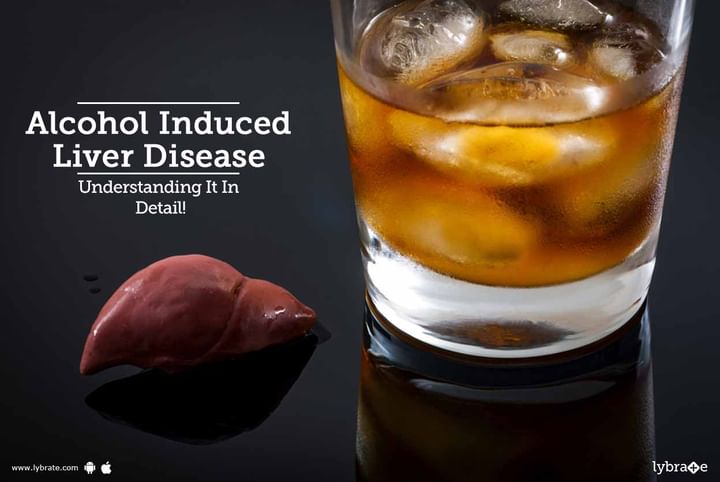Alcohol Induced Liver Disease - Understanding It In Detail!
Uncontrolled alcohol consumption over a prolonged time can severely affect the liver, giving rise to Alcohol-Induced Liver Disease. The liver plays a significant role in digestion as well as filtering the toxins out of the body. Normally, the liver is capable of regenerating its damaged cells and tissues. However, unlimited alcohol consumption interferes with the functioning of the liver. With time, the ability of the liver to regenerate itself also gets affected (reduces) due to excessive drinking resulting in liver problems and disorders.
The stages of alcohol induced liver disease
Alcohol induced liver disease progresses through three stages, alcoholic fatty liver disease, alcoholic hepatitis, and finally cirrhosis.
- Alcoholic fatty liver disease: The fatty liver is an early stage of Alcohol induced liver disease, characterized by excess deposition of fats (~ between 5-10% of the total liver weight) in the liver cells and tissues. People with fatty liver should give up drinking for good (or at least till the condition is improved and reversed). Fatty liver seldom exhibits any characteristic symptoms.
- Alcoholic hepatitis: Alcoholic hepatitis mostly affects people who are heavily into drinking. More than often, the condition triggers damage and destruction of the liver. Further, there may be swelling and inflammation of the liver. A person with alcoholic hepatitis may experience
- Liver cirrhosis: This is the most severe form of alcohol induced liver disease that can give rise to serious and life threatening health complications. Cirrhosis is often an irreversible condition where there is maximum scarring of the liver cells and tissues. In addition to the symptoms associated with alcoholic hepatitis, a person with cirrhosis may also exhibit the following symptoms.
- Esophageal varices: It is a condition characterized by bleeding of the esophageal veins
- Ascites: In people with cirrhosis, there may be an excessive fluid accumulation in the stomach.
- Portal hypertension: It is a condition when the blood pressure in the liver shoots up.
Cirrhosis may also affect the spleen, resulting in its enlargement. There may be mood swings and behavioral problems. A person with cirrhosis should waste no time and immediately consult a specialist to avoid further aggravation.
Factors contributing to alcohol induced liver disease
The following factors in combination with alcohol can wreak havoc, worsening the condition further:
- Malnutrition: In some people, excessive drinking can result in malnutrition (alcohol often results in malabsorption of the essential nutrients). Malnutrition, in turn, can adversely affect the liver.
- Obesity: Obesity, one of the common consequences of alcohol consumption, can spell doom for the liver and its normal functioning.
- Alcohol: It acts as a poison for people suffering from Acute Hepatitis C (viral hepatitis), further damaging the liver. Some research suggests that women who are into heavy drinking are more likely to suffer from liver problems than their male counterparts.
- Genetics: It may be responsible for the inability of the body to processes alcohol effectively, resulting in liver problems.



+1.svg)
